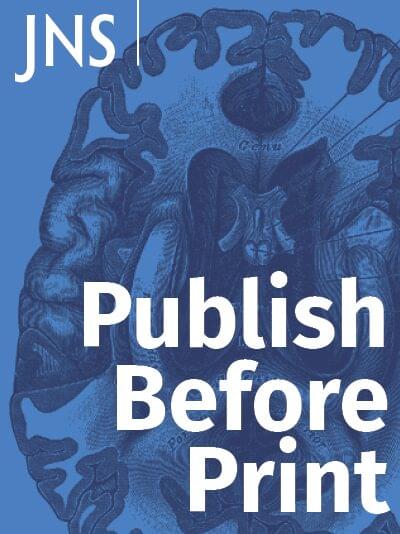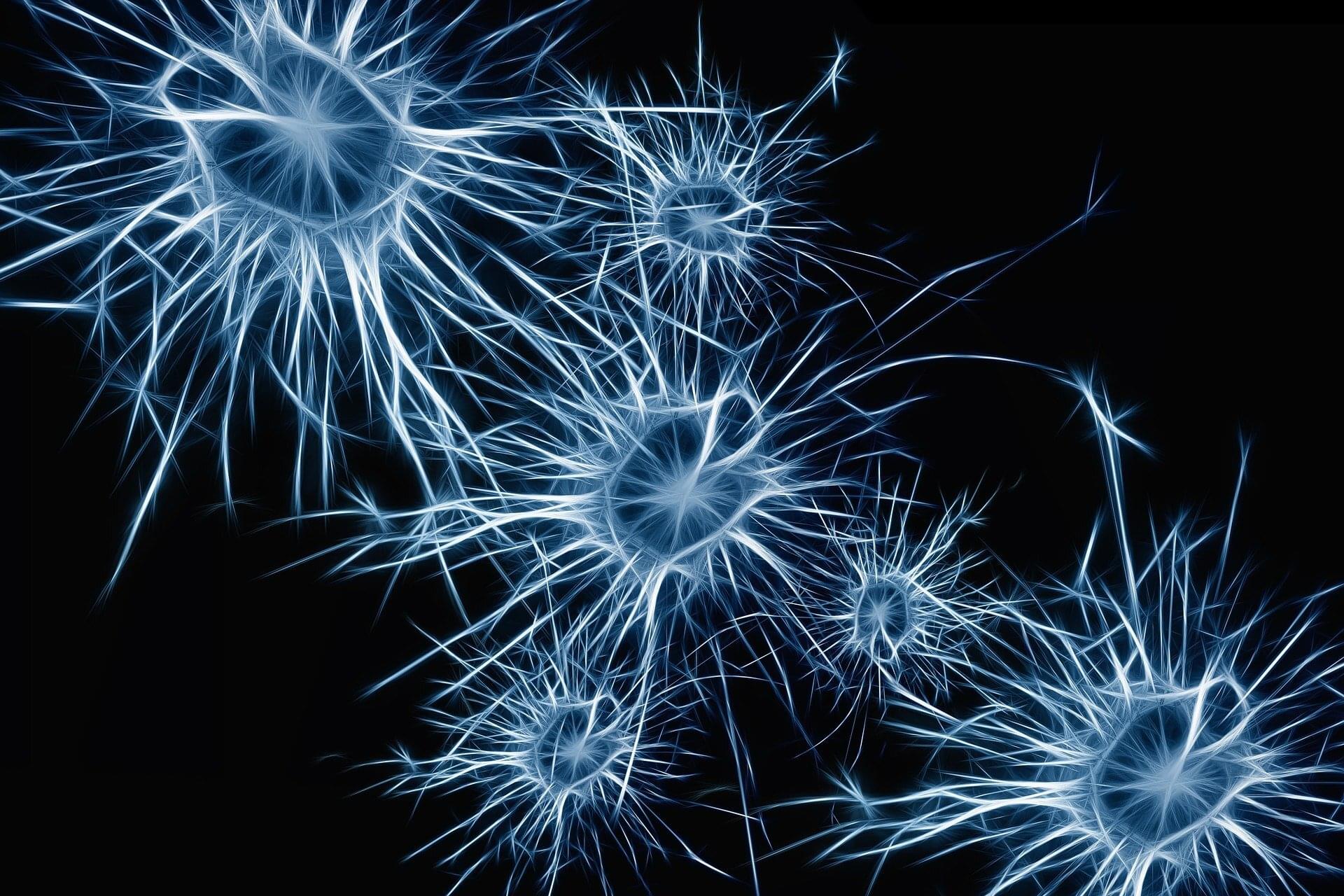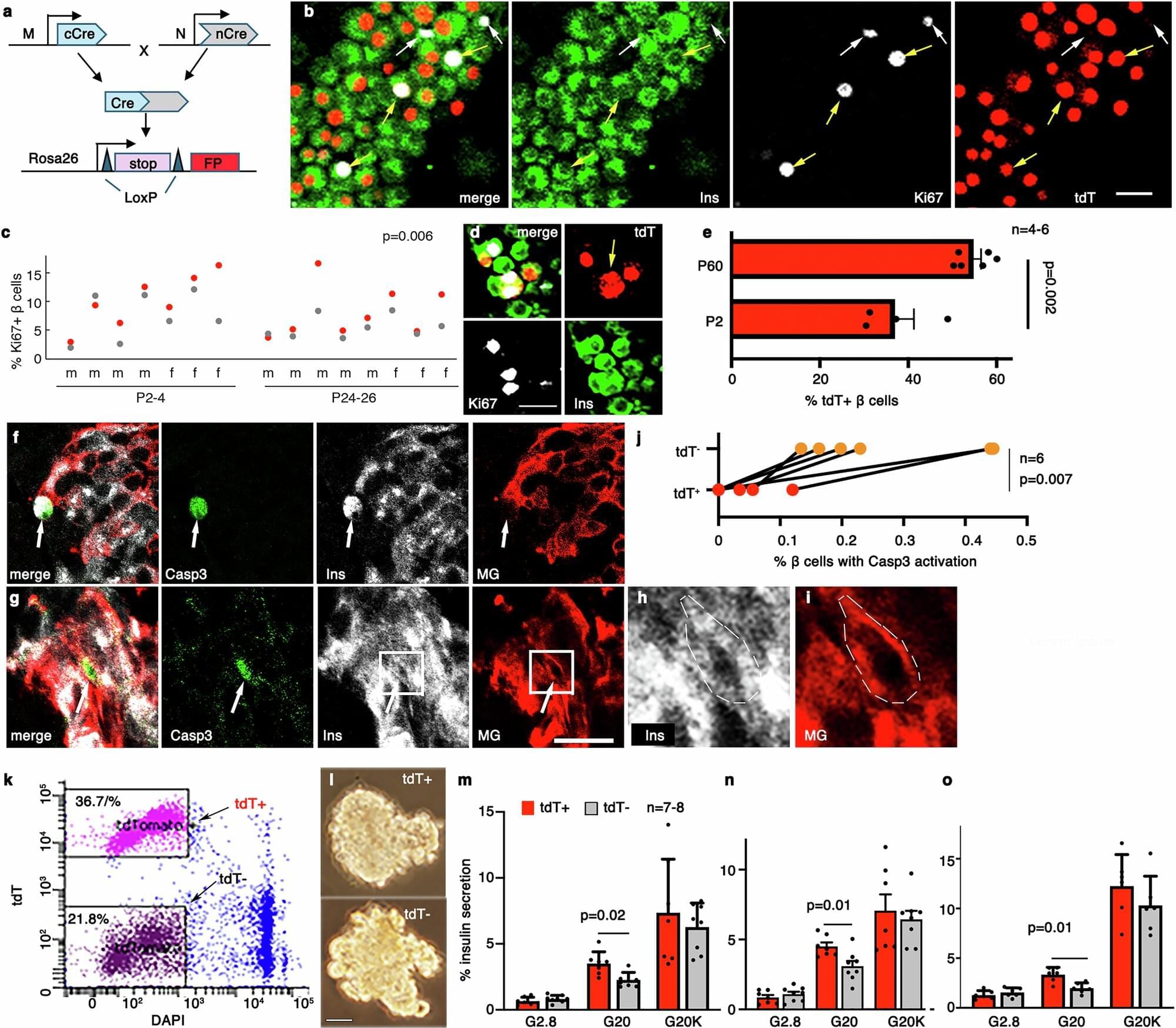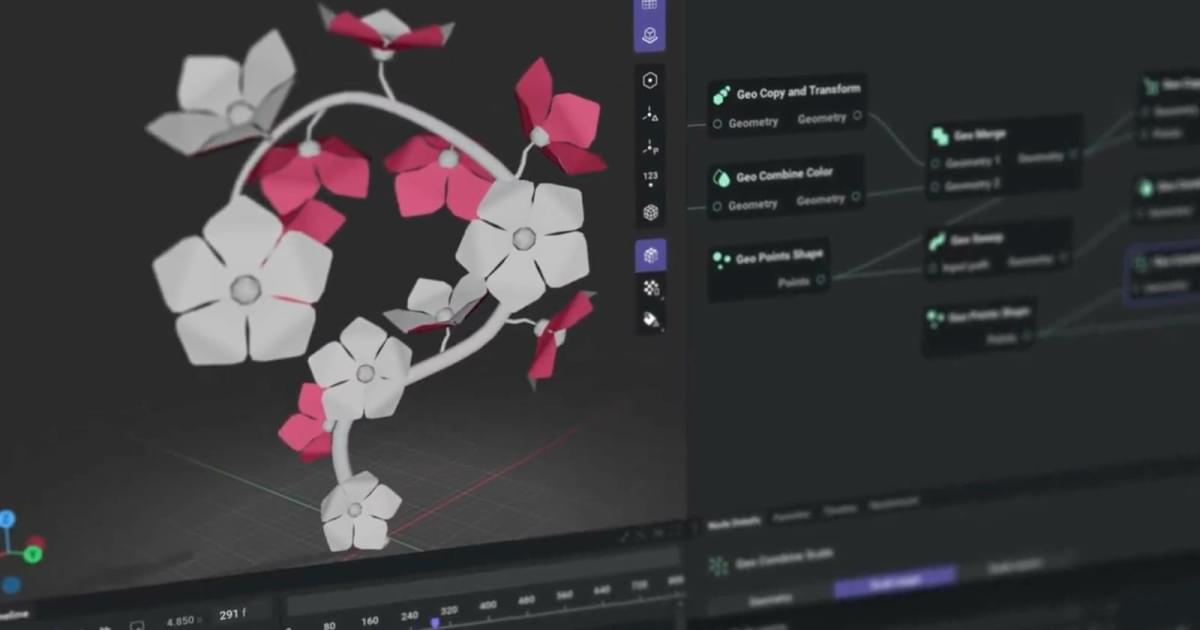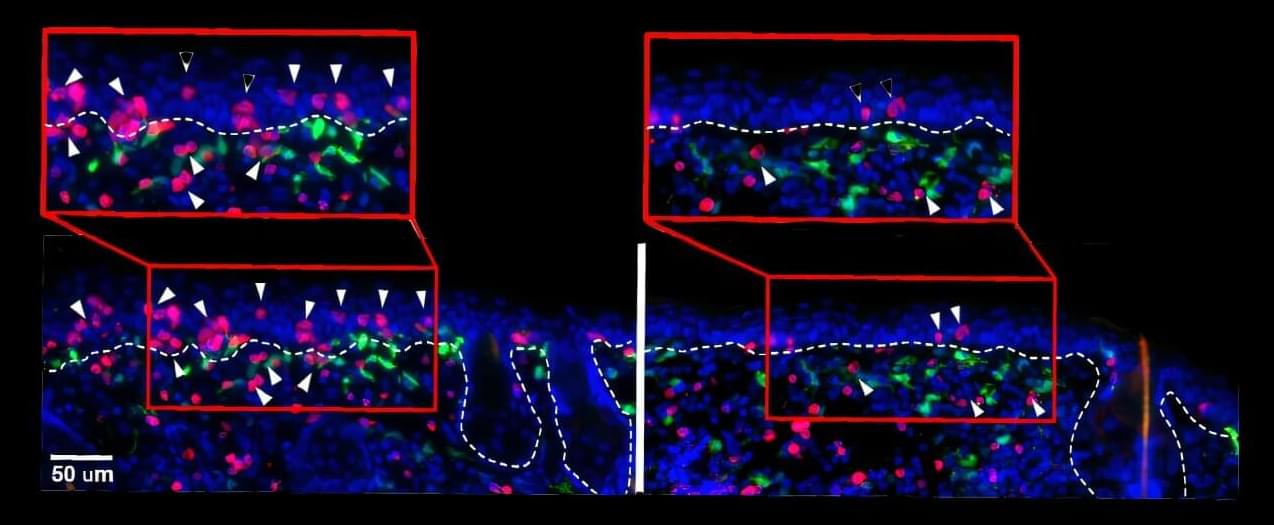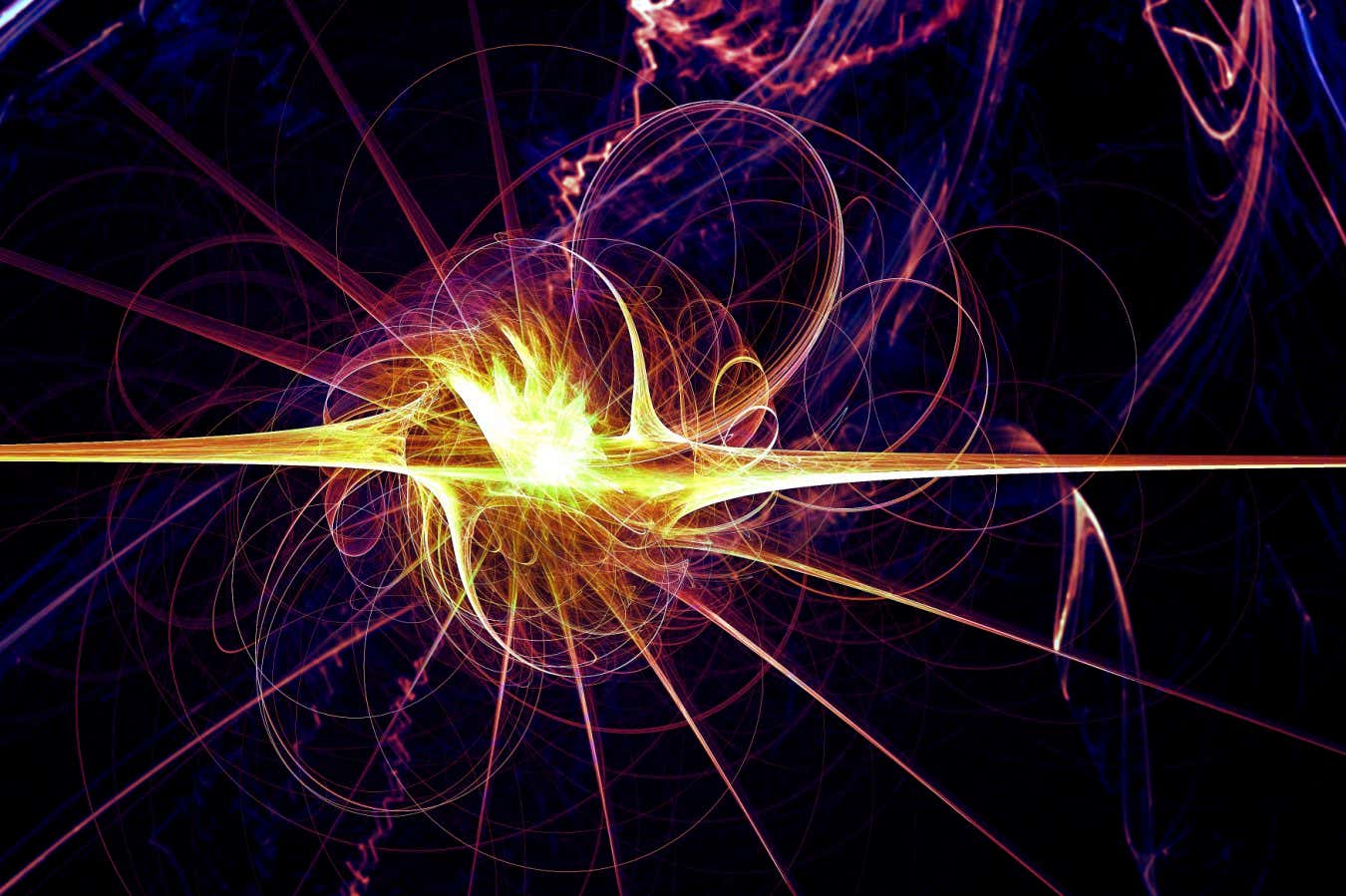Optimal lesioning is essential for successful MR-guided focused ultrasound (MRgFUS) thalamotomies targeting the ventral intermediate nucleus (Vim) for tremors. This study aimed to evaluate the relationships between postoperative lesions that overlapped with the Vim and surrounding structures segmented automatically and the treatment outcomes.
This study included 48 patients who underwent MRgFUS thalamotomy targeting the Vim for essential tremors. The Clinical Rating Scale for Tremor (CRST) score was examined preoperatively as well as 1 week, 3 months, and 12 months postoperatively. Adverse effects were also assessed 1 month postoperatively. Using automatic segmentation software and fiber tracking software, the authors retrospectively segmented the Vim and surrounding structures, including the internal capsule (IC), ventrocaudal nucleus (Vc), zona incerta (ZI), and dentato-rubro-thalamic tract (DRTT), using preoperative images. Additionally, they manually delineated the coagulated lesions using images taken immediately after MRgFUS thalamotomy. The relationships between the volume and location of lesions overlapping with these structures, CRST improvement rates, and the presence of adverse effects were examined.
The mean thalamotomy volume was 0.076 ± 0.042 cm3 (median 0.085 cm3). The median improvement in the CRST score in the affected upper limb at 12 months postoperatively was 68.8%. Although no correlation was observed between lesion volume and CRST improvement at 1 week postoperatively, a positive correlation was observed between lesion volume and CRST improvement at 3 and 12 months. At 12 months, the authors observed a moderate correlation between the volume of the lesions overlapping with the Vim and improvement in the CRST score. A slightly stronger correlation was observed between the percentage of the lesion volume and the Vim. No correlation was found between lesion volume and improvements in the IC, Vc, ZI, DRTT, or CRST score. However, the authors found that both total lesion volume and the volume of lesion within the IC were significantly associated with gait imbalance.
